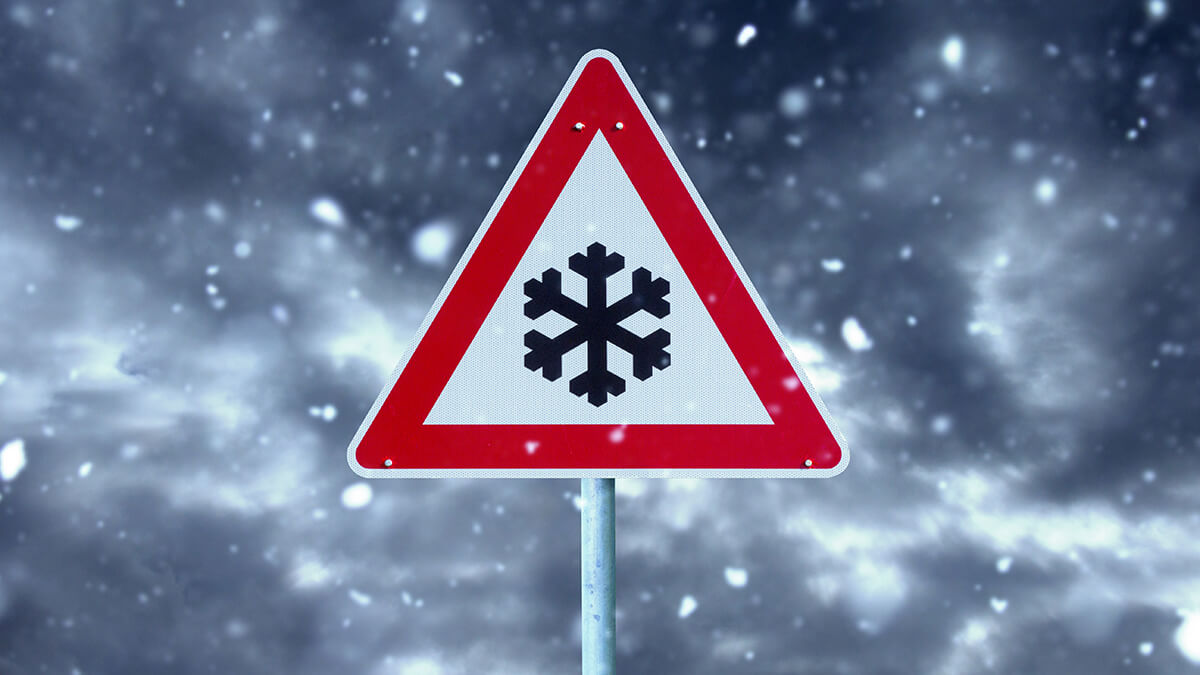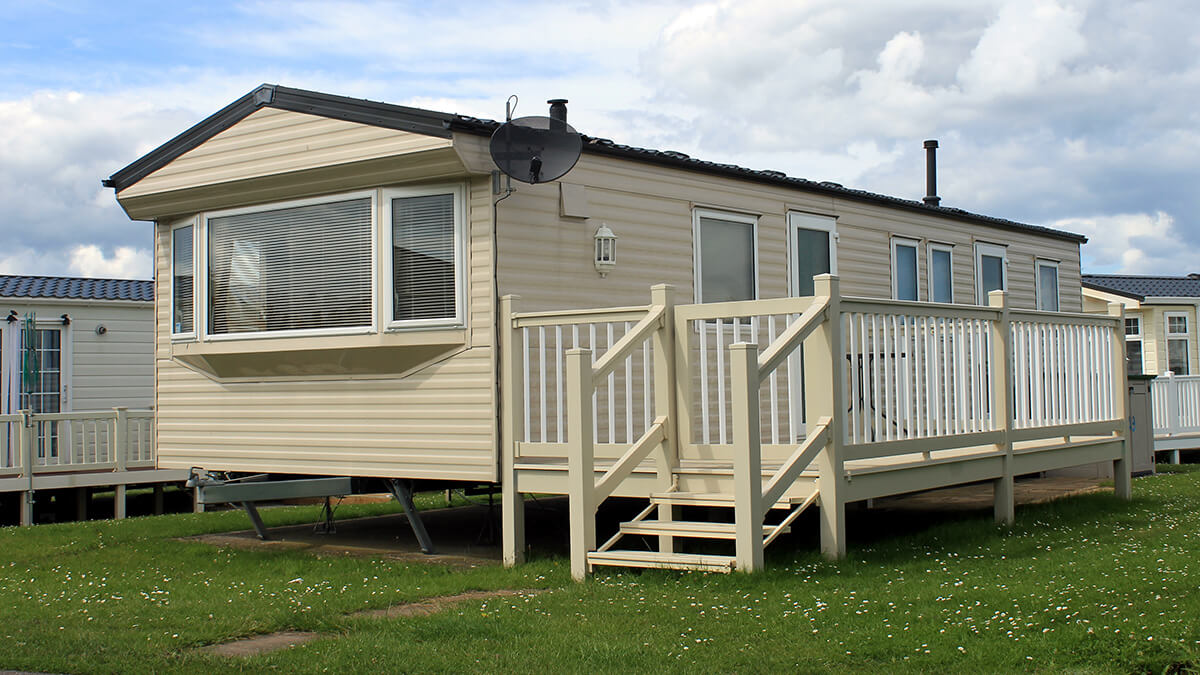The weather outside is frightening

It has been snowing, nonstop, for three days. Just when I start to think it will never stop snowing, it stops. At this point, I am finally smiling again and feeling relieved. A day later, it starts raining nonstop. I am now regretting all of my wishes for the snow to go away, because rain and freezing temperatures during the winter season can only mean one thing—icy roads. Even if you happen to be Larry Pegram or a person who has lived in the Midwest your entire life, icy roads are nearly impossible to drive on safely.
The safest way to deal with icy roads is to avoid driving. As nice as it sounds to stay curled up on the couch, we all know that not driving during bad weather is not always an option. If you have to travel when the roads are icy, allow time for snow plows and sanding trucks to work on the roads.
Here are some great tips for driving safely this winter, especially on icy roads:
Driving safely on icy roads
- Decrease your speed and leave yourself plenty of room to stop. You should allow at least three times more space than usual between you and the car in front of you.
- Brake gently to avoid skidding. If your wheels start to lock up, ease off the brake.
- Turn on your lights to increase your visibility to other motorists.
- Keep your lights and windshield clean.
- Use low gears to keep traction, especially on hills.
- Don't use cruise control or overdrive on icy roads.
- Be especially careful on bridges, overpasses and infrequently traveled roads, which will freeze first. Even at temperatures above freezing, if the conditions are wet, you might encounter ice in shady areas or on exposed roadways like bridges.
- Don't pass snow plows and sanding trucks. The drivers have limited visibility, and you're likely to find the road in front of them worse than the road behind.
- Don't assume your vehicle can handle all conditions. Even four-wheel and front-wheel drive vehicles can encounter trouble on winter roads.
If your rear wheels skid…
- Take your foot off the accelerator.
- Steer in the direction you want the front wheels to go. If your rear wheels are sliding left, steer left. If they're sliding right, steer right.
- If your rear wheels start sliding the other way as you recover, ease the steering wheel toward that side. You might have to steer left and right a few times to get your vehicle completely under control.
- If you have standard brakes, pump them gently.
- If you have anti-lock brakes (ABS), do not pump the brakes. Apply steady pressure to the brakes. You will feel the brakes pulse—this is normal.
If your front wheels skid…
- Take your foot off the gas and shift to neutral, but don't try to steer immediately.
- As the wheels skid sideways, they will slow the vehicle and traction will return. As it does, steer in the direction you want to go. Then put the transmission in "drive" or release the clutch, and accelerate gently.
If you get stuck…
- Do not spin your wheels. This will only dig you in deeper.
- Turn your wheels from side to side a few times to push snow out of the way.
- Use a light touch on the gas, to ease your car out.
- Use a shovel to clear snow away from the wheels and the underside of the car.
- Pour sand, non-clumping kitty litter, gravel or salt in the path of the wheels to help get traction.
- Try rocking the vehicle. (Check your owner's manual first—it can damage the transmission on some vehicles.) Shift from forward to reverse, and back again. Each time you're in gear, give a light touch on the gas until the vehicle gets going.
Your safety is number one to us. Be safe in your travels this winter season.





